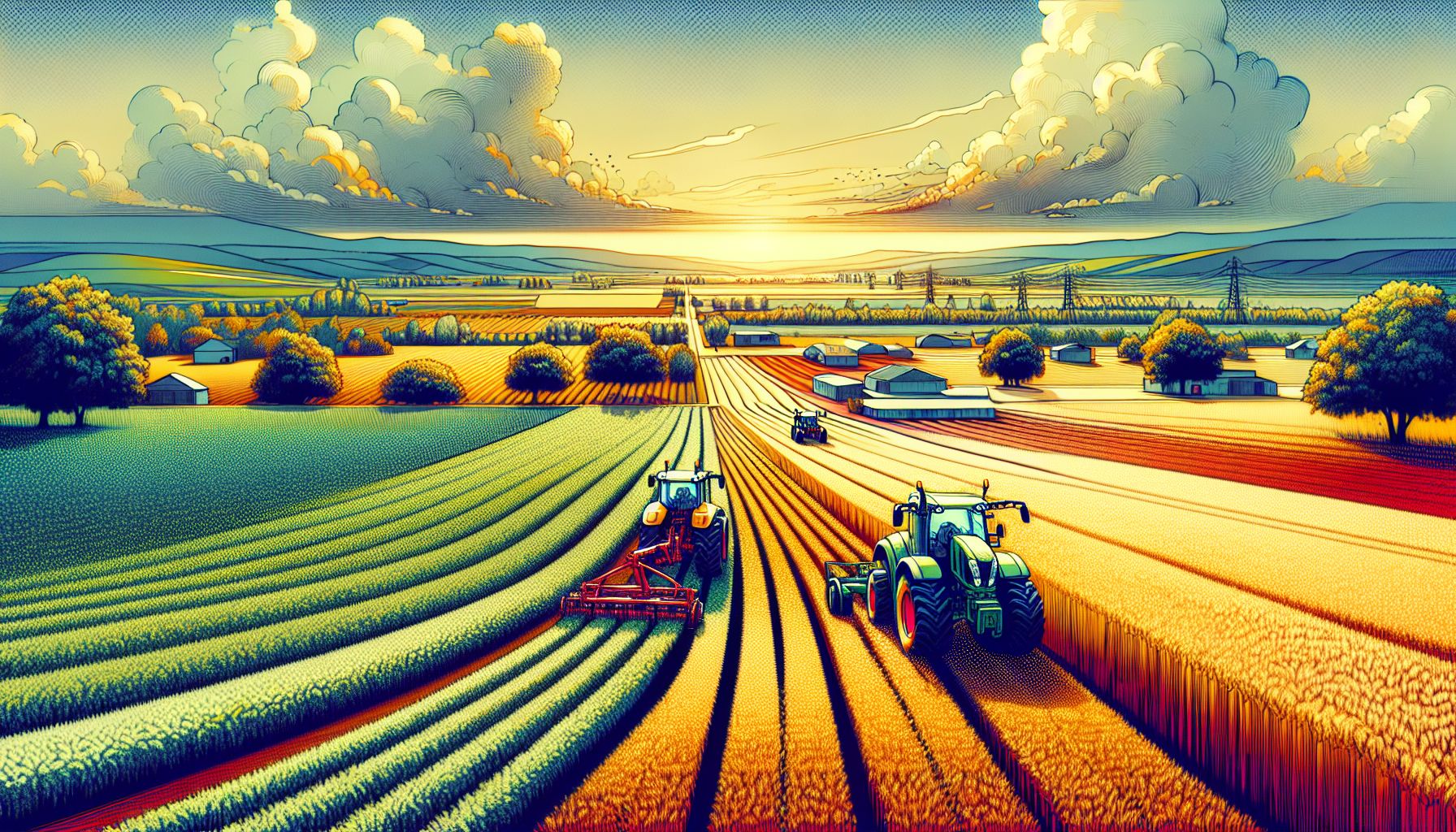Autonomous Farming: Enhancing Productivity Without Replacing Traditional Methods

Netherlands, Monday, 15 July 2024.
Agricultural automation is advancing, with autonomous vehicles promising increased efficiency and precision. However, experts predict traditional tractors will remain essential as the technology evolves. This dual approach could reshape farming practices, balancing innovation with tried-and-true methods.
A Hybrid Future in Agriculture
While autonomous agricultural vehicles are seen as a potential game-changer, they are not expected to fully replace traditional tractors anytime soon. According to Cindy van Rijswick, a researcher at RaboResearch, the development of autonomous machines is still in its early stages, even after 25 years of progress. The functionality of traditional tractors is extensive, making it challenging to encapsulate all these capabilities into a single autonomous machine[1].
Benefits of Autonomous Agricultural Vehicles
Autonomous machinery can significantly boost productivity and precision in farming. These machines can operate continuously without human intervention, allowing for more accurate sowing, crop protection, and light soil work. The precision offered by these machines can lead to optimized use of resources such as water, fertilizers, and pesticides, thus enhancing sustainability and reducing costs[1].
Current Adoption and Challenges
Despite their potential, the widespread adoption of autonomous agricultural vehicles faces several challenges. Safety regulations are a significant barrier, as companies need to demonstrate the reliability and safety of their designs before these machines can be widely implemented. Additionally, the business model for autonomous machinery is still evolving, with concerns about liability and the robustness of digital systems in varying weather conditions[2].
Market and Regional Considerations
The adoption of autonomous farming technologies is expected to advance more quickly in countries with large-scale farming operations, such as the United States, Australia, and Ukraine. In contrast, smaller, specialized farms, like those in the Netherlands, may see slower adoption. However, there is potential for smaller, task-specific autonomous robots in specialized farming sectors, such as asparagus and flower bulb cultivation[1].
Public Perception and Support
Public attitudes towards agricultural robots are generally positive, with increased support when the environmental benefits are highlighted. A study conducted in Germany revealed that while awareness of agricultural robots is still low, the majority of respondents had a favorable view of their potential to enhance farming practices. This suggests that effective communication about the benefits of these technologies could boost their acceptance and adoption[3].
Future Outlook
The path to fully autonomous farming is a gradual one. Researchers and manufacturers are focusing on incremental advancements, such as autosteering systems and task-specific robots. As technological developments continue and regulatory hurdles are addressed, the integration of autonomous machines in farming is expected to increase, complementing rather than replacing traditional tractors[4].

